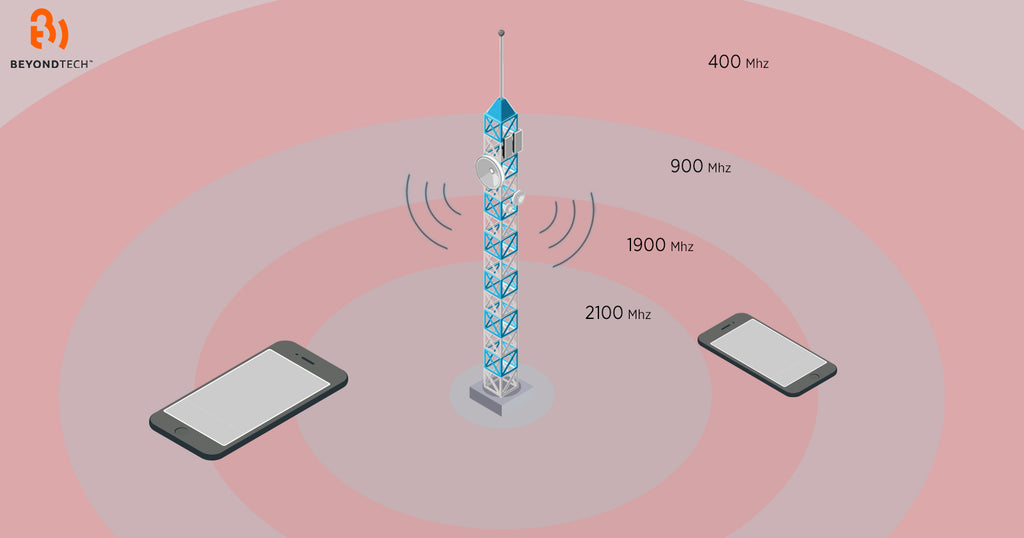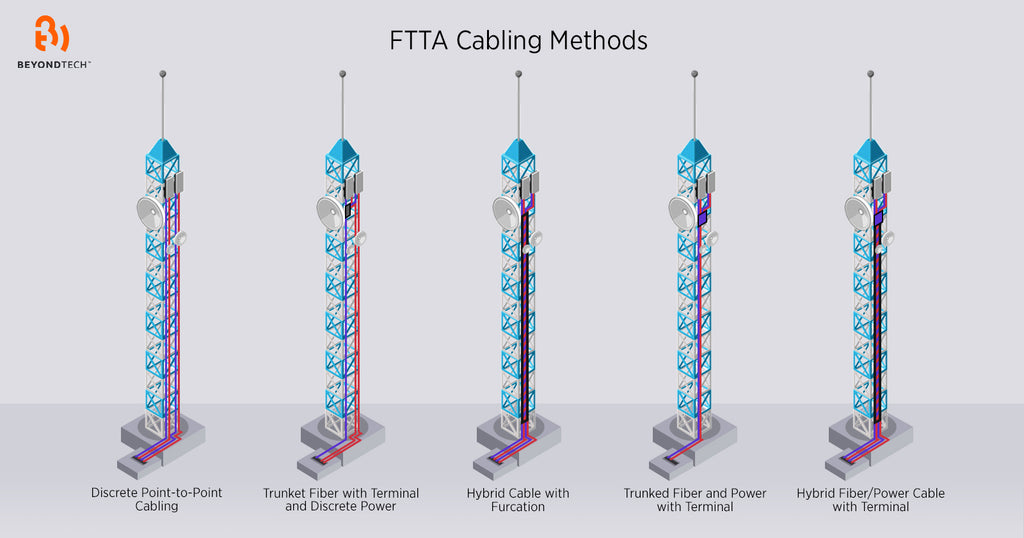What is Fiber to the Antenna (FTTA) and why does it matter?
What is Fiber to the Antenna (FTTA) and why does it matter?
Your data is going to keep non-stop growing.
User consumption is and will continue increasing due to the use of mobile devices, such as:
- Smartphones.
- Tablets.
According to Cisco Visual Networking Index™ (VNI) Global Mobile Data Traffic Forecast (2015 to 2020), by 2020 there will be 5.5 billion mobile data users, which represents 70% of world’s population.
By 2020, The Next Generation Mobile Networks Alliance expects 5G to be rolled out in order to meet businesses and customer demands for faster speeds and support the Internet of Things (IoT).

Therefore:
Service providers already started preparing their networks’ infrastructure to meet such demands.
And how exactly are they doing that upgrade?
By substituting old coaxial-based systems with optical fiber technology in order to provide more capacity to their cell towers, making fiber the new norm for telecommunication tower builds.
Faster mobile connections
FTTA is a broadband network architecture in which the high frequency and power electronics are taken from the based station and located at a remote radio-head (RRH), a based fiber optic system that converts digital signals into analog, close to the antenna and fiber optic is used to join the RRH to the base station in new and old antennas.

Why fiber optics?
Because increasing bandwidth means more antennas which translates into more cables. Coax cables would add more weigh and wind resistance to the towers, more than the towers are designed to take, says the Fiber Optic Association.
Another FTTA advantage is that it allows to eliminate tower amplifiers because RRH are replaced at the antenna’s top and generate signals from there. FTTA also makes it possible for RRH located at the top of the antennas to get cooled with natural air instead of requiring a conditioning system, which reduces energy consumption.
And more importantly
FTTA architecture allows the Baseband Unit (BBU) to be located where it is most convenient, instead of being mandatory stuck with the RRH.

Fiber optic types
In FTTA structures, an optical transceiver module located in the cell tower changes the optical signals in to electricals for modulation by radio, says 3M’s whitepaper Fiber-to-the-Antenna Installation Best Practices for the Tower Hand.
Both
fibers are used in FTTA. But choosing which one to use depends on the transceivers, which costs are way too different.
- Multimode fiber works with low-cost transceivers, reducing installation costs.
- Single mode fiber requires high-precision costly transceivers and is used for long distance capacities.
Technicians often use prefab fiber optic cables, factory-terminated to the required length. LC is the preferred connector because its small size helps reducing space use. These patch cords are usually duplex, so one cable transmits signals while the other one receives signals.
Any questions about FTTA? Our agents and customer service team will be glad to know about you and your questions, we can help you quote all the cabling required for FTTA, FTTH, and all Fiber Optics Related Cabling and equipment.






